People have always had to deal with the problem of some people being oppressed due to various social circumstances. Such oppression and cruel behavior on the part of humans raises a lot of questions in our minds. Are they really “humans” who try to destroy humanity? In such cases, some righteous and courageous people fight for their rights. They are oppressed and beaten for fighting for their freedom. But success came as a result of their unwavering and righteous efforts. In the following rundown, history notes down their names as the greatest freedom fighters ever:
11-Bhagat Singh
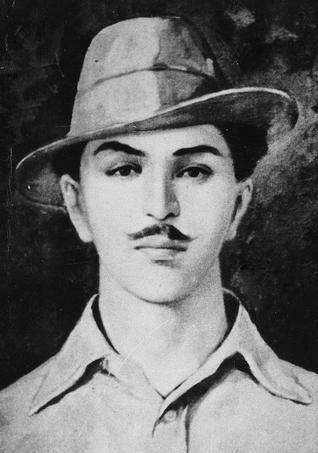
During the subcontinent’s resistance to British rule and the British-founded East India Company, his revolutionary activities and heroism were established. Shaheed Bhagat Singh belonged to a Sikh family. He was a diligent person who didn’t simply go to war. He first studied several different revolutionists’ biographies, then tactically applied them to his own struggle. His part in the Indian Independence Movement started with his revenge for the killing of Lala Rajpat Rai. Bhagat played an important role in assassinating a British police officer. He took himself into custody for the murder of the police officer. Remarkably, his freedom fight didn’t even end while he was in jail.
He started a hunger strike that lasted 116 days. During this strike, he raised awareness of the dire need for Indian prisoners to be treated equally well as European prisoners. However, he was put on trial for the assassination. With the proofs of the assassination being undoubtedly clear, he was executed at a very young age. He lived for just 23 years but played an important role in the Independence Movement. Bhagat Singh is one of the most prominent patriots on the list of Indian freedom fighters.
10-Frederick Douglass

Frederic Douglass started the journey of his life in an environment of oppression and captivity. He was born in 1818 in Maryland. As he matured and got older, he was exposed to his owners’ oppression and servitude. He strives hard even under such circumstances. He tried everything he could to learn how to write and read. After being successful in his escape from slavery, he continued his quest for writing and reading. As his voice, Frederick Douglass began outsourcing his writing to many government officials and local dignitaries. He emphasized topics like opposition to slavery, equal rights, saying no to racism, and women’s rights. This popularity and keen interest led him to publish some autobiographies and narratives, like “Narrative of the Life of Frederick Douglass, an American Slave“.
He became a famous anti-oppression instructor. He gained huge fame, to the point of even advising presidential authorities regarding the abolition of slavery. His opposition to the 15th Amendment, which banned suffrage discrimination based on race while upholding sex-based restrictions, is proof of his support for women. Furthermore, he was adamantly opposed to voting if women were not granted equal voting rights. For this, he was even mocked and beaten up by angry mobs. However, eventual success followed his path when, in 1847, he returned to the USA as an independent and massively celebrated personality.
9-Martin Luther King Jr

Martin Luther King Jr. was a Baptist priest and social dissident. From the mid-1950s until his death in 1968, he played an important role in the development of the American social liberties movement. Despite being born in an area full of racist opposition, King found his way. He gained a PhD degree from Boston University in systematic theology. Motivated by supporters of peace, King dreamed of social balance for African Americans. He eagerly took up this challenge with great zeal. During this journey of righteousness, he was imprisoned 30 times! He was the driving force behind notable events. Enraged by the imprisonment of an African-American girl over racism in public transportation, he mobilized a vast number of people.
They all boycotted the public transportation system unless equal rights were granted to all races. This contributed to the eventual passage of a landmark law, such as the Civil Rights Act of 1964. The Voting Rights Act of 1965 was another landmark achieved due to his remarkable efforts. His renowned speech, “I have a dream,” is to this date celebrated as one of the most astounding speeches ever. He was recompensed the Nobel Peace Prize in 1964.
8-Che Guevara
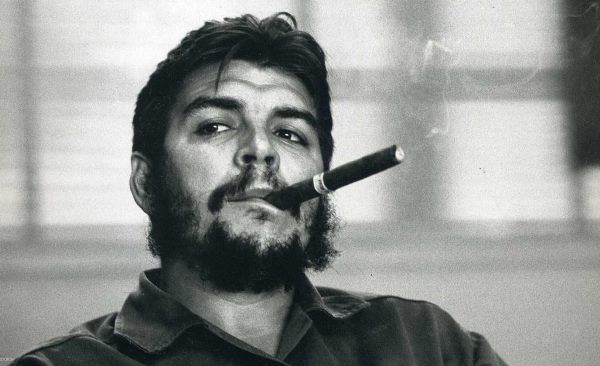
Che Guevara, a very famous freedom fighter, was born in 1928 in Argentina. He grew up with an interest in medicine and therefore pursued his education in this field. During this journey of gaining medical education, he got shocked with the extreme hardships of hunger and poverty he witnessed. It was at this point that his freedom fight for the Cuban Revolution started. Due to his keen interest in freedom fighting, he abandoned the field of medicine.
He went on long voyages across South America to gain popularity among the oppressed. They supported him eagerly to overthrow the “Batista Government.” After his marriage, he traveled to Mexico, where he met Fidel Castro. They made joint strategic plans to overthrow Batista’s government to bring justice for South Americans. They attacked Cuba several times to topple the Batista regime. By 1959, they had succeeded in overthrowing the oppressive government. He was later appointed as president of the national bank and minister of industry. His assistance in the country’s transformation into a communist state cannot be forgotten.
His speech in the United Nations condemning US foreign policy was a huge landmark achieved. He went on to explore more states where oppression existed. It was during one of these conquests that he found himself in the hands of the Bolivian army. He was eventually executed by the Bolivian army in 1967. Indeed, one of the world’s greatest freedom fighters!
7-Charles de Gaulle
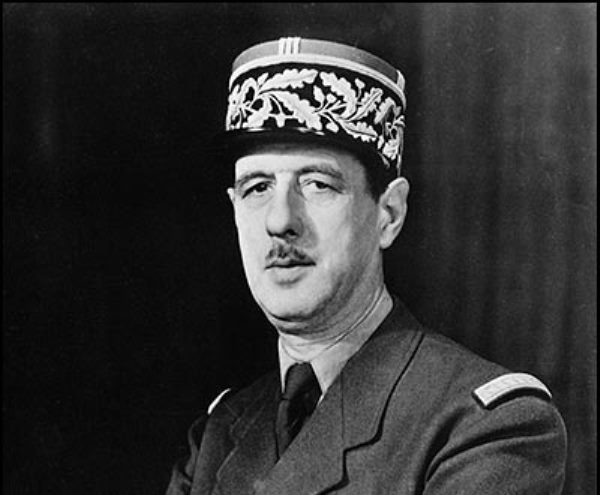
Charles de Gaulle was a military person by profession. He is renowned as a notable figure in French history and politics. His struggle for freedom was established during the Cold War. He worked as a military officer during the First and Second World Wars and was wounded several times. He himself found himself in trouble when he was arrested during the First World War. At the end of the war, he was released. He was a commander in the tank regime. Due to his accomplishments and diligence, he was appointed Under Secretary for War by the French Government.
A turning point in his life was the moment when France surrendered to Germany in 1940. He couldn’t accept this defeat and fled to England. There he established the Free French Movement, which was the real start of his freedom struggle. With the help of England’s Prime Minister, he started voicing his ideas publicly about gaining freedom. He emphasized the importance of acting as one nation to reclaim the occupied areas under German control. Not only did he just voice his ideas, but he also simultaneously started gathering troops to fight the oppression. Eventually, he became president of France’s provisional government.
However, at the end of the 1950s, the crumbling French system became a serious worry, and so he returned to France. He aided in the formation of a new government, thus taking over from the oppression of Germany. He became President of France in 1959 and established an intelligent approach by keeping France away from superpowers. As a result, he established himself as a pivotal figure in the liberation of France and its people.
See Also: 10 Longest Hunger Strikes In History That Shocked The World
6-William Wallace

Sir William Wallace was a Scottish knight. He gained fame as one of the pioneers during the Wars of Scottish Independence. Despite knowing the consequences of standing up against the English men, he kept on working hard for the Scottish. Wallace defeated an English armed force at the Battle of Stirling Bridge in September 1297. He worked with Andrew Moray. He was designated Guardian of Scotland and served until his demise at the Battle of Falkirk in July 1298.
The English king offered a large sum of money to anyone who killed or captured him. Wallace was seized in August 1308 and transported to London. He was charged and tried for treason. William denied all charges. He was executed in 1305. After his execution, his body was severed, and his head was displayed on London Bridge. His limbs were put on display in Newcastle, Berwick, Stirling, and Perth. Since his death, Wallace has acquired a famous status all around the UK, specifically Scotland.
5-Vladimir Lenin
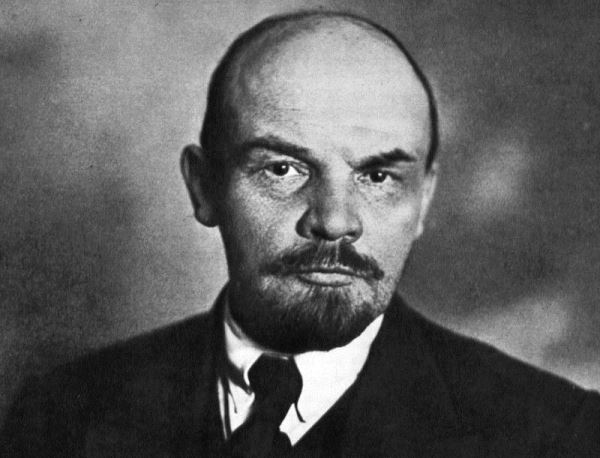
A Russian communist by nature, he developed his revolutionary nature after seeing the execution of his brother in 1887. He studied law and eventually moved to St. Petersburg. This led him to meet many oppressed, exiled Russians. He grouped up with some revolutionaries and began a campaign. The campaign ranged from spreading communist ideas on paper to openly opposing the government physically. He led the 1917 Bolshevik Revolution.
This led to the formation of Russia, and afterward, the more extensive Soviet Union turned into a one-party comrade state represented by the Russian Communist Party. Lenin is regarded by many as the most significant political leader of the century. He is regarded as a great revolutionary leader, thinker, and one of the greatest freedom fighters of all time, not only in the former Soviet Union but also in many non-Communist states.
4-Fidel Castro
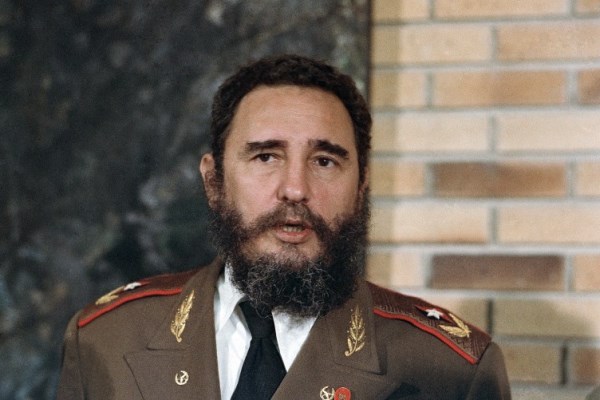
Fidel Castro was one of the pioneers who led the Cuban Revolution and was the head of Cuba’s government until 2008. Starting in 1958, Castro started a crusade of guerrilla fighting to effectively topple Cuban despot Fulgencio Batista. Castro turned into the nation’s new pioneer. His comrades’ household arrangements and military and monetary relations with the Soviet Union prompted strained relations with the United States.
Under Castro, changes were made to social policies, and health and education were established with great attention. In January 1966, Castro established the Organization for Solidarity with the Peoples of Asia, Africa, and Latin America. This helped promote revolution and communist ideas. In 1967, he therefore framed the Latin American Solidarity Organization to encourage revolutions against oppression in several Latin American nations.
3-Mao Zedong
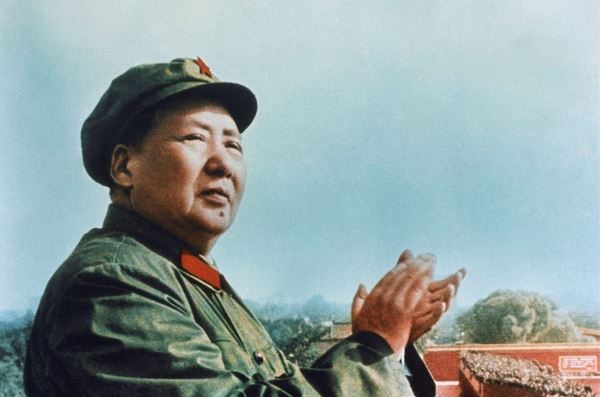
Mao Zedong was born on December 26, 1893, in Shaoshan, Hunan Province, China. He established his ideas for communism in China by watching the success of the Russian Revolution. In 1921, Mao became one of the first members of the Chinese Communist Party. He established an alliance with the Chinese leader, Sun Yat-sen. However, Sun Yat-sen’s successor proved to be against communism, so he broke the alliance. So Mao Zedong led a small army of farmers for the sake of freedom and communism in China.
However, they were easily defeated. After several small uprisings by the communists, they realized that it was time to act wisely. Under the leadership of Mao Zedong, in a short period of time, almost 10 small states were established, influenced by communism. This enraged the government, which decided to attack. At this time, Mao Zedong led the Long March to retreat from the government’s attacks. The Long March helped him gain popularity here. He emerged as the Communist leader. He led the Chinese against war with Japan and introduced revolutionary steps to build a modern China. He is ranked third among the world’s top ten greatest freedom fighters due to his diligence in leading such a large nation.
2-Mahatma Gandhi
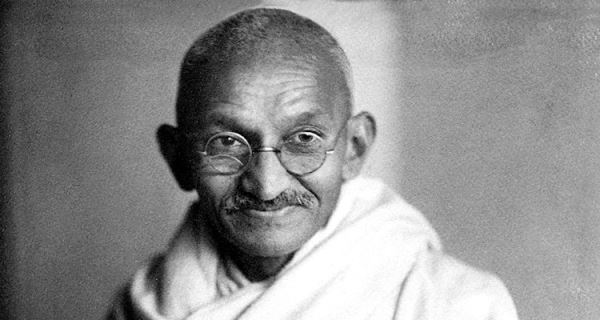
Mahatma Gandhi is one of the greatest Indian freedom fighters of the 20th century. Gandhi united the whole of India in the struggle for the country’s independence. His most famous nonviolent methods worked, and the British eventually handed over the subcontinent to its people. The Indian movement for independence was managed and spearheaded by Mahatma Gandhi. He laid the groundwork for various civil rights movements for the freedom of his country. Gandhi stood firm in every hardship, leading his nation from the front. He inspired the whole world with his strong determination and non-violent approach.
See Also: Top 10 Famous Trials That Changed History
1-Nelson Mandela
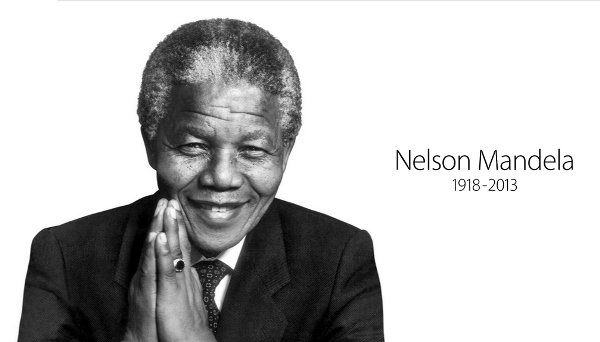
Nelson Mandela spent his youth fighting for the freedom of South Africa’s black and colored people from oppression at the hands of the minority government. Not long after discharge, he turned into the supreme president of South Africa, in which all the general population could vote regardless of race, nationality, or any other social factors. For 20 years, he coordinated a peaceful rebellion against the South African government for its bigoted strategies. In 1993, Mandela and South African President F.W. de Klerk were jointly granted the Nobel Peace Prize for their efforts to dismantle the nation’s racial framework.
He was detained for a long period of 27 years in prison. In 1994, Mandela was appointed as South Africa’s first black president. He was always emphasizing the importance of working together and in peace, regardless of race. He was a symbol of forgiveness and peace. Despite the extreme and excruciating hardships he faced, he came out without bitterness, forgiving his enemies. No doubt, he is the best freedom fighter in the world!
The list is incomplete without mentioning some of the other greatest freedom fighters across the world.